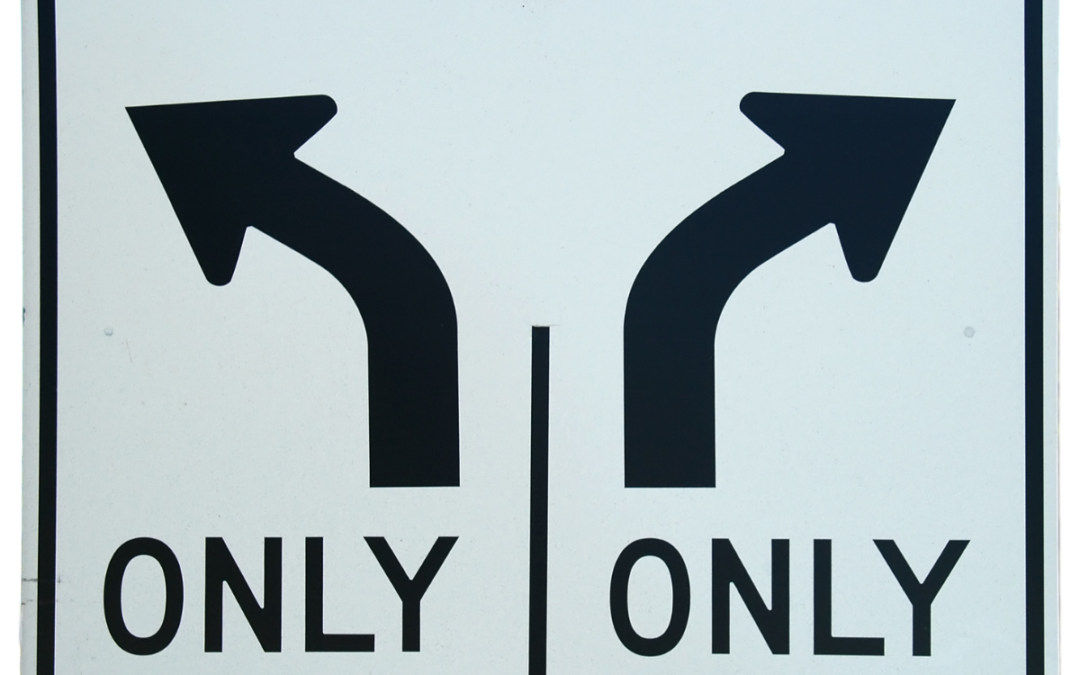Speed Control | Navigating Right and Left Turns Safely
Driving Tips for New Drivers
When you’re behind the wheel, speed control isn’t just about driving in a straight line. It’s equally important when making turns. In this blog article, we’ll delve into the significance of speed control when executing right and left turns and share tips to ensure safe and smooth maneuvers.
This blog may contain affiliate links, and if you make a purchase through these links, we may or may not earn a commission at no extra cost to you.
Understanding the Basics
Turning at an appropriate speed is crucial for maintaining control of your vehicle and ensuring the safety of all road users. As you approach a turn, consider factors like the sharpness of the turn, road conditions, visibility, and traffic.
Right Turns
When making a right turn, slow down before you start turning. Gradually reduce your speed, signal your intention to turn, and check your mirrors and blind spots for any vehicles or pedestrians. It’s essential to maintain a safe and controlled speed throughout the turn, approximately 10-15 mph. Keep in mind that the sharper or tighter the right turn, the slower you should go.
Left Turns
Left turns, especially when crossing oncoming traffic, demand extra caution. As with right turns, signal your intention in advance and check your surroundings. Slow down to an appropriate speed before initiating the turn, approximately 10-15 mph. When making a left turn across oncoming traffic, ensure that you have enough time to complete the turn safely. If you do not have enough time to complete the turn, come to a complete stop to yield to traffic.
Adapting to Road Conditions
Road conditions can significantly affect your ability to control your vehicle while turning. In wet or slippery conditions, reduce your speed further to avoid skidding or loss of traction. On gravel or uneven surfaces, be especially gentle with your acceleration and braking.
Avoiding Over-Speeding
Over-speeding while turning can lead to a loss of control, increased stopping distances, or even rollovers, particularly in sharp turns. Adhere to posted speed limits and slow down as needed to negotiate the turn safely.
Maintaining a Smooth Flow
Speed control ensures a smoother flow of traffic. Avoid abrupt braking or acceleration during turns, as this can disrupt the flow and increase the risk of rear-end collisions. A gradual reduction and acceleration of speed will contribute to a safer and more comfortable driving experience.
Pedestrian and Cyclist Awareness
When turning, always be mindful of pedestrians and cyclists who may be crossing the road. Reduce your speed and give them the right of way, ensuring their safety.
Turning in Residential Areas and School Zones
In residential areas and school zones, be especially cautious when turning, as children or pets may unexpectedly enter the road. Reduce your speed to ensure you can respond promptly to any potential hazards.
Speed control when making right and left turns is an integral part of responsible and safe driving. It’s not just about following the rules; it’s about protecting yourself and those around you. By approaching turns with care, adapting to road conditions, and maintaining an appropriate speed, you can confidently navigate intersections, contribute to smoother traffic flow, and create a safer driving environment for everyone. Remember, when it comes to turns, slow and steady wins the race.
Drive with Confidence!
Keep up with all the latest driving news. Expolre our blog packed with essential tips and expert advice on all things related to DRIVING!




